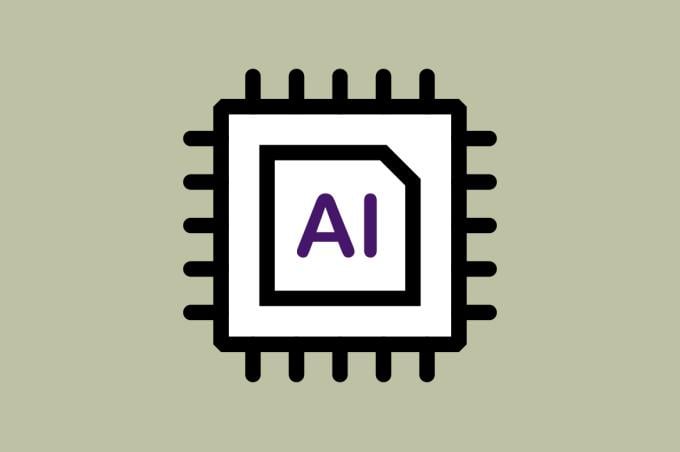Burnout is on the rise in medicine, but two physician experts see a path forward. They call it “the deep work of doctoring.”
The underlying idea of “deep work”—that in performing an activity, a state of pleasurable, almost meditative focus can be achieved—has been around since 1970, when the psychologist Mihály Csíkszentmihályi, PhD, named it “flow.” More recently, Georgetown University computer science associate professor Calvin Newport, PhD, has written about avoiding distractions and performing deep work.
Now Elizabeth Toll, MD, professor of pediatrics and medicine at The Warren Alpert Medical School of Brown University, and Christine A. Sinsky, MD, the AMA’s vice president of professional satisfaction, are proposing ways to help physicians once again access the benefits of deep work.
Drs. Toll and Sinsky have co-written a commentary in JAMA Internal Medicine about the deep work of doctoring, laying out their case for restoring flow to physicians’ work and reducing burnout in the process.
“People are drawn to the healing professions because they have some kind of a feeling that connecting with other people and helping them will help them heal themselves,” Dr. Toll said in an interview. “It’s that sense of connecting with another human being, using your knowledge and technical skill to make something better for somebody else. And I think that we began losing this.”
The modern care model
Medicine has recently “been conceptualized in a very industrial mindset,” Dr. Sinsky noted. Physicians must constantly document, and constantly pay attention to, their computers and portable electronic devices.
“Things that were easy, like asking a nurse, ‘Could you kindly give this patient a flu shot?’ Now it took 21 clicks … to order a flu shot for one patient,” Dr. Sinsky said.
It leaves little time for untangling complex problems and little time for meaningful connections. That, in turn, they say, has contributed to a burnout epidemic. Last year, 53% of physicians reported burnout symptoms, according to exclusive AMA survey data.
“It’s part of the crisis we’re finding ourselves in, of people really feeling disenchanted with the field, burned out, then really burned out after the pandemic,” Dr. Toll said. In too many cases, that leads to physicians “either retiring early, going to part-time or leaving the field altogether.”
A recipe for “deep doctoring”
The core aspects, Dr. Toll said, include building strong relationships, developing trust, providing undivided attention, solving problems and giving enough time for the work. Reducing distractions is key.
“We deliver the very best care to our patients when we can provide undivided attention,” Dr. Sinsky added. With multitasking, “we send to our patients important cues that we’re only half listening.”
Physicians cannot fully escape the demands of EHRs and patient portal messages, Dr. Toll said, but the “deep work of doctoring” is about restructuring the physician relationship with technology.
“If we return to the basic principles of medicine and realize that technology can assist us, we will find a lot better medicine and a lot more satisfied patients” and doctors, she said.
Physicians also need more autonomy, she said, and need support in performing tasks that aren’t central to their mission.
"Nobody would ever ask a lawyer who's in the courtroom arguing a case—attending to the client, the jury, the judge, and the facts of the case—to be the stenographer too," Dr. Toll said, referencing the doctor's role in EHR charting.
Committed to making physician burnout a thing of the past, the AMA has studied, and is currently addressing, issues causing and fueling physician burnout—including time constraints, technology and regulations—to better understand and reduce the challenges physicians face.
By focusing on factors causing burnout at the system level, the AMA assesses an organization’s well-being and offers guidance and targeted solutions to support physician well-being and satisfaction.
Winning over the stakeholders
In short, both say a sea change is needed, but physicians cannot bring it to fruition by acting alone.
“You have to have leaders who are interested in this problem … leaders who are interested in listening to the workforce they lead,” Dr. Toll said.
Then, Dr. Sinsky said, it’s critical to determine what motivates such leaders.
“It’s important to speak the language of whatever stakeholder you’re speaking with,” she said. Executives may be focused on the bottom line, but that doesn’t mean they ’cannot be persuaded to see the value of deep doctoring’. “There’s a financial case to be made for building an environment that supports the deep work of doctoring.”
Learn about the 72 health systems honored this year for their dedication to well-being, and follow this road map to cut burnout and restore joy in medicine.




